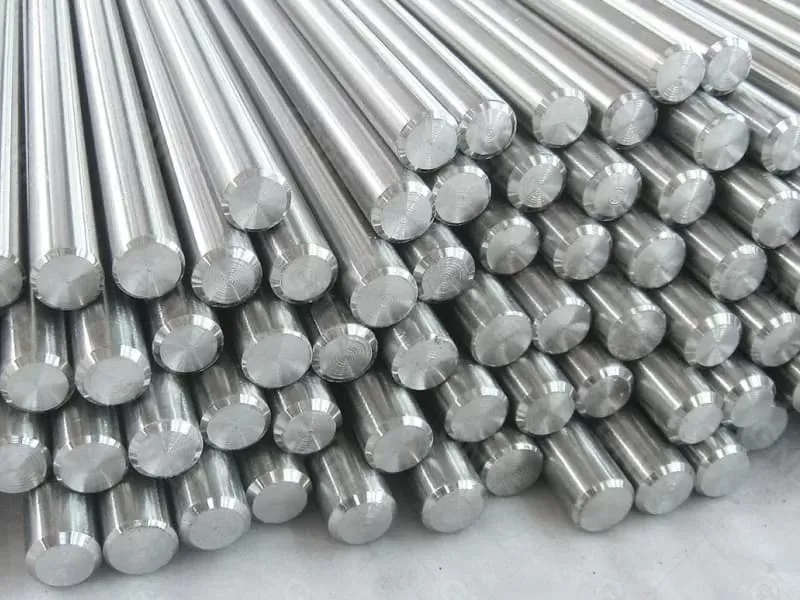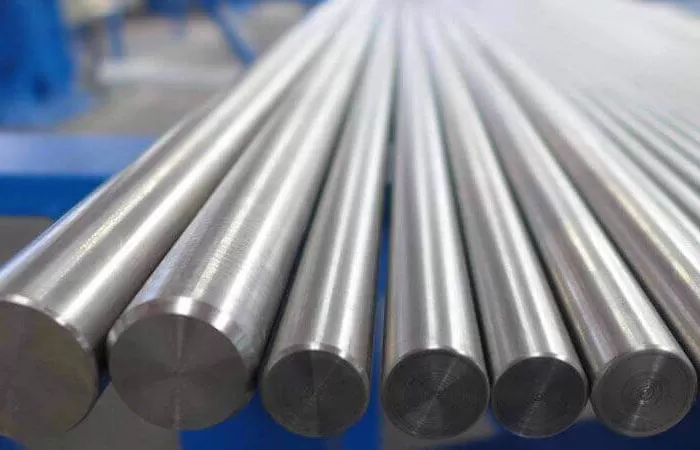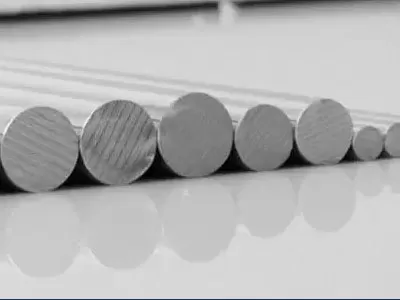
In the world of high-temperature alloys, strength alone is not enough. Engineers often need materials that can be fabricated, welded, and repaired without losing performance. This is where Nimonic 263 shines, and its bar form has proven invaluable in industries that push both heat and reliability to their limits.
Nimonic 263 is a nickel-cobalt-chromium alloy strengthened with molybdenum, titanium, and aluminum. Like its cousin Nimonic 90, it was originally developed for aerospace turbines, but it carried an extra advantage: excellent weldability. Bars of Nimonic 263 could be machined into complex components and welded into assemblies without the dreaded risk of cracking that plagued earlier alloys.
This quality changed the way engineers approached turbine and reactor design. Instead of avoiding welding or relying on bolts for every joint, they could confidently weld Nimonic 263 bars into complex frameworks. This simplified design, reduced part counts, and improved structural reliability. For gas turbines, that meant fewer failure points and longer service intervals.
The nuclear industry, too, embraced Nimonic 263 bars. Reactor internals often face a mix of heat, radiation, and corrosive coolants. Here, bars machined into fasteners and connectors provided not only high-temperature stability but also the ability to be welded into sealed containment systems. In a sector where repairs can be near-impossible, the ability to fabricate reliable welded structures upfront is a priceless asset.
Another overlooked aspect is the alloy’s fatigue resistance. Bars of Nimonic 263 turned into bolts or shafts can endure thousands of thermal cycles without surrendering to cracking. For aerospace engines, this was critical: an alloy that could be welded and still resist thermal fatigue gave designers new freedom to push boundaries.
While newer alloys have surpassed Nimonic 263 in some extreme applications, it continues to occupy a niche where weldability and strength must coexist. Even today, small turbines, power plants, and high-temperature reactors rely on bars of this alloy. Its story is a reminder that sometimes progress is not about reaching the absolute maximum of performance, but about finding the balance between practicality and reliability.

2025-11-19 14:09:22

2025-11-07 17:27:49

2025-11-05 15:44:44

25th floor, C3 Building, Wanda Plaza, Kaifu District, Changsha, Hunan Province, China